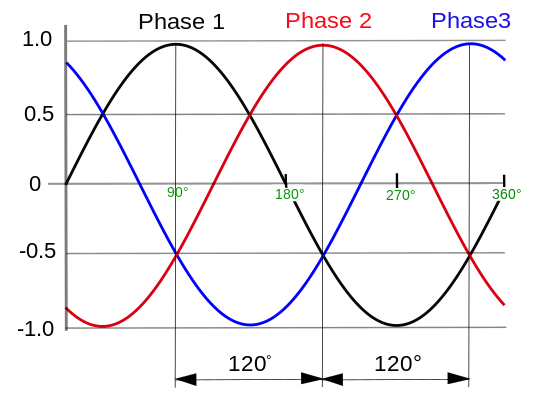Here is an experiment I just did:
I got a soft iron u shaped core about 10mm thick and about 125mm in length. I wound 2 coils of 28 gauge wire but wound them opposite and place them on either prong of the core right up near the u bend. They were tight fitting close to the core. I then shorted the coils in parallel.
I then built a system where I had a remote control car gear box and motor connected to a shaft and at the end of the shaft was a bog standard cd. On the cd I placed 2 neodimium magnets opposite each other but placed so that they had opposite magnetic fields. I then placed the core prongs between the cd so that when the cd spun it created a generator.
Coupled the ocilloscope and a voltage meter and did all sorts of tests.
I measured and scoped the 2 shorts and a dc pulsed voltage was produced but lens law was cancelled because the 2 apposing coils and magnetic fields cancelled each other out.
I concluded:
You can cancel lens's law by wiring coils in opposition so that the forward and back emf cancel each other out but when opposite magnetic fields are passed through this system a pulse train is created. The pulse train is a vector of cancellation directions. In other words if you cancel something in one direction then cancel it in the other direction the mere fact you have done so creates an apposing field potential in the form of a dc pulse.
More to follow.
I got a soft iron u shaped core about 10mm thick and about 125mm in length. I wound 2 coils of 28 gauge wire but wound them opposite and place them on either prong of the core right up near the u bend. They were tight fitting close to the core. I then shorted the coils in parallel.
I then built a system where I had a remote control car gear box and motor connected to a shaft and at the end of the shaft was a bog standard cd. On the cd I placed 2 neodimium magnets opposite each other but placed so that they had opposite magnetic fields. I then placed the core prongs between the cd so that when the cd spun it created a generator.
Coupled the ocilloscope and a voltage meter and did all sorts of tests.
I measured and scoped the 2 shorts and a dc pulsed voltage was produced but lens law was cancelled because the 2 apposing coils and magnetic fields cancelled each other out.
I concluded:
You can cancel lens's law by wiring coils in opposition so that the forward and back emf cancel each other out but when opposite magnetic fields are passed through this system a pulse train is created. The pulse train is a vector of cancellation directions. In other words if you cancel something in one direction then cancel it in the other direction the mere fact you have done so creates an apposing field potential in the form of a dc pulse.
More to follow.
